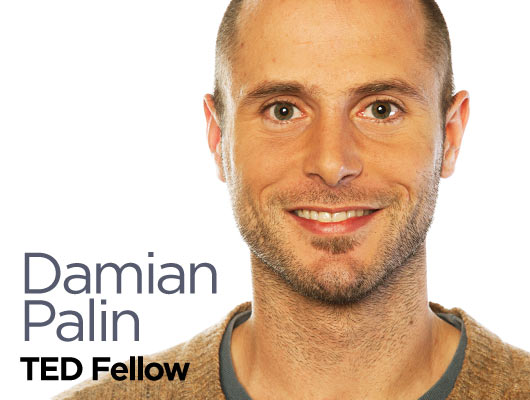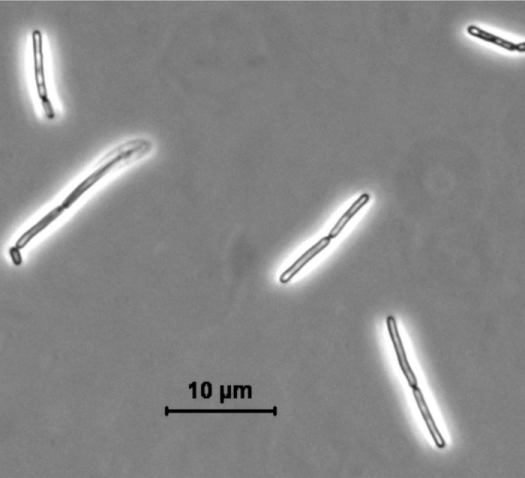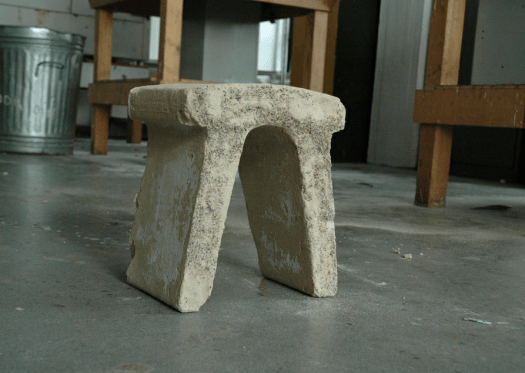
You work in the field of geomicrobiology. What is it, and why is it becoming increasingly important?
Geomicrobiology is a field of science that studies the role of microorganisms in geological processes or cycles of the planet. Microorganisms are everywhere, and are as far as we can tell the oldest living things on the planet. They have, as part of their evolution, developed numerous adaptations, which makes them of extreme interest.
I personally became fascinated by biological precipitation — this is a process where organisms form minerals under low energetic conditions. Bacteria can do this as a form of defense, and I began to think about microbiologically inspired low-energy production processes.
What is the difference between bioleaching and the process you are developing?
Bioleaching is basically a process where bacteria dissolve minerals to release metals that are otherwise locked up in that mineral. What I have been developing is something different. It’s a biological mining process: instead of dissolving the metals, the metals are already dissolved. The bacteria are then able to accumulate them from their local environment.
You mention calcium, potassium and magnesium as the minerals you are mining. What are they used for, and why are they so valuable?
Magnesium is actually my principle interest. This metal is roughly a third lighter than aluminum, making it an extremely important construction material at a time when such industries as aero and auto strive for greater fuel efficiency.
Desalination takes a lot of energy – do you see it as a sustainable, long-term source of freshwater?
This is a tricky question, and one I don’t think I can answer in the confines of this interview. But I do believe the Earth provides us with the only truly sustainable source of drinking water, and desalination pales in comparison to Mother Nature’s processes. However, until we are able to stop polluting our water systems, desalination may provide a stopgap solution. As part of this, the mining or recovery of products from brine effluent should reduce the environmental impact of the technology, while also indirectly reducing the cost of the water produced.
Currently, this mining process makes desalination brine less toxic for the environment, but it might eventually be part of a system that works towards producing effluent that is essentially freshwater. In the future, we may couple traditional filtration processes with biological processes to produce drinking water.
Tell us about your earlier work using bacteria Sporosarcina pasteurii as a way to produce artifacts. Was this how you first became interested in working with bacteria in developing sustainable technologies?
This comes back to my interest in low-energy production processes, employing bacteria as a catalyst to produce objects – a fascination I’ve had for many years. While studying for my master’s degree, I came across the work of Leon van Paassen and how he was employing Sporosarcina pasteurii to solidify unstable ground for construction. This fascinated me — I saw it as an analogue for the development of low-energy production process. During my studies I developed a microbally induced casting process to produce artifacts, such as a sandstone stool.
You’re about to leave Nanyang Technical University in Singapore for another project. What are you wrapping up, and what’s next for you?
I am, and I’m crazy busy at the moment, running experiments and gathering data to write a paper. I’ve also been working on the development of a toilet system for Singapore Housing Development Board, which is reaching a mini-conclusion. I’m off home to Ireland next month! I haven’t been home in too long, so lots of hanging out with family and friends. In September, I begin research in the Technical University Delft, working on the development of self-healing materials with Dr Henk Jonkers, and am very excited.
How has being a TED Fellow changed your outlook on yourself and your work?
I think the biggest thing for me about being a TED Fellow is the people you meet and how inspiring a group they are. What’s also been really wonderful is the response from family and friends, and how supportive they’ve been. I was sitting on the bus the other day and got a tap on the shoulder, and the person behind me said: “I saw your talk on TED.” Crazy.


Comments (4)
Pingback: Micro-metal management: Fellows Friday with Damian Palin | lsc2183saeedmatar
Pingback: Celebrating and sustaining the beauty of our oceans | carefullycurated uk